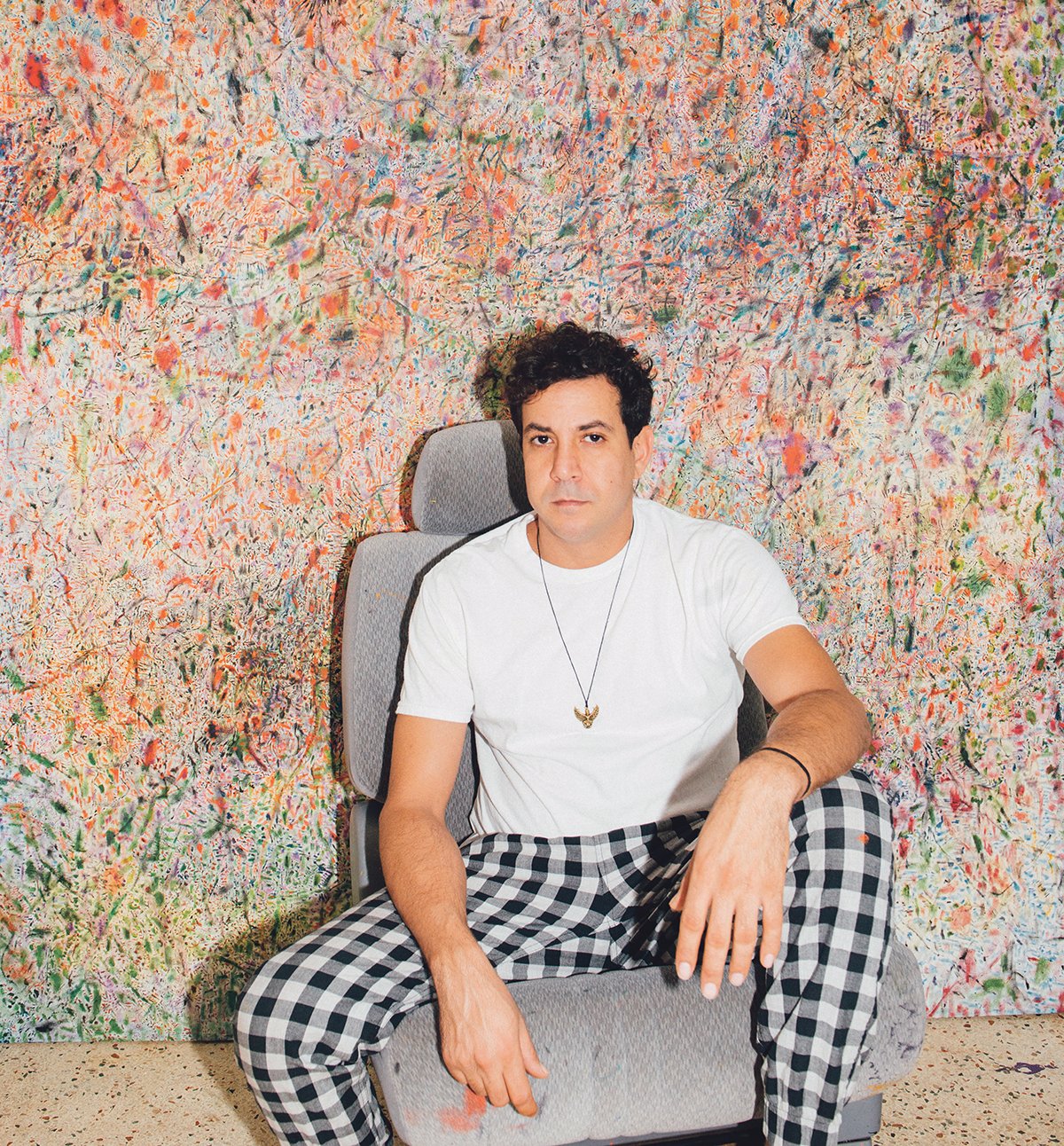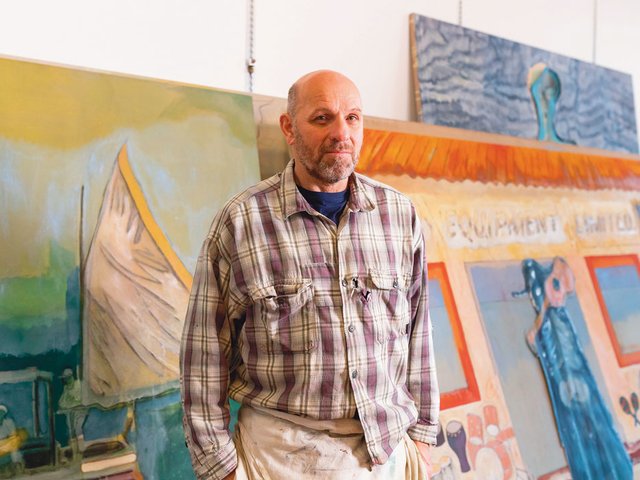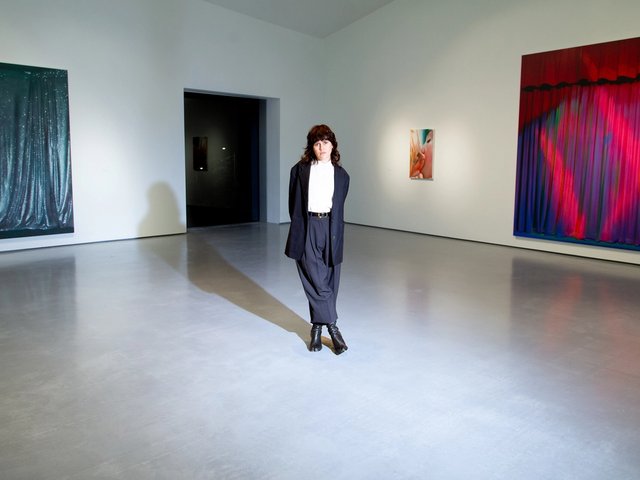The Haitian-born, Miami-based artist Tomm El-Saieh grew up embedded in art—his family has run a gallery in Port-au-Prince for decades. In recent years, he has been creating a series of abstract works that resemble complex networks, like sprawling cities viewed from the air or a flurry of microbes seen under a microscope. The Institute of Contemporary Art (ICA) Miami, is hosting his first major museum exhibition (until 30 April 2018), but El-Saieh has long been showing his work and has organised shows with other artists in galleries in Miami and internationally, as well as in his own project space. He spoke to us from his apartment in South Beach, where he lives and works.
The Art Newspaper: You come from a very artistic family.
Tomm El-Saieh: My grandfather, Issa, started one of the first galleries in Port-au-Prince in the 1950s, and he worked with all the Haitian artists of what they called the first and second generation; they all had studios there. Basically, I grew up in this gallery that was a hub for cultural production.
What was that like?
Well, it was out of the ordinary. It was not your typical gallery. It was housed in a former Chilean embassy, so it was just this huge house. Issa lived there and it was filled to the brim with paintings and art. It was more of a house of curiosity. I didn’t realise it at the time, but I was extremely privileged to be in the centre of things. So Haiti definitely had this huge imprint on my work.
A lot of the artists there were my teachers, like Andre Normil. He painted in a very traditional Haitian style. And at that time I was painting in the same style and I showed him my work. It crushed me, because he said: “You need to do something completely different. This is very typical, this is what Haitians are doing. If you want to do something special, you have to make your mark special, and it has to be something that nobody else has done or something that makes you different.”
There’s a heavy tradition of narrative in Haitian painting. It revolves around Voodoo, because the root of a lot of Haitian art comes from artists who were decorating the temple and then shifted towards doing works on canvas. That happened in the early 1950s with the creation of Le Centre d’Art. I wanted to avoid those narratives.
But does your work have some stylistic similarities to Haitian art?
I definitely have the vibe in the sense of the rhythm and the tensions of colour. My grandfather was also a big band leader and incorporated Haitian-rooted drumming with a big band sound. So that idea of combining Western with African culture [has always been there]. My paintings definitely have a hybrid quality: there’s some things from Modernism, but you can see the patterns, colours and mark-making that relate to Haitian painting.
Why did you decide to work in abstraction?
I was disappointed with being an image-maker. When you’re working in that mode of production you’re always searching for images. You’re mining the internet and you use a lot of energy. I turned to photography because I wanted to make my own images to paint from. I didn’t want to be one of those artists that just appropriate images. I found the whole thing very frustrating. Abstraction lends itself more to the idea of music. It’s more about the feeling. When you see my paintings, you probably won’t remember them specifically, but you get a vibe from them and it allows you to put your own meaning into the painting. Lately, I’ve been thinking a lot about the idea of pareidolia.
When you see a face or an image in completely random patterns?
Exactly. The eye and the mind work together. You can just put three or four dots together and your brain is going to register it as a face. It also happens with facial recognition software—my iPhone picks up faces in my paintings. In Haitian painting there’s also a tradition of works that rely completely on mark-making; it’s almost aboriginal, but there’s always a face or a figure. I’ve removed the face in a way. I’m also fascinated with this idea of the face or the mask, because now everything is about your face: your face is the code.
You can unlock your phone with your face.
Yes. So it’s a battle of analogue versus digital. And that’s what painting is, in a way. AI has been on my mind because, if you think about the Google Deep Dream program, the computer sees faces and makes creations that aren’t there. That’s how the mind works. So my paintings act like triggers for that, but it’s up to the viewer to make their own meanings. It’s wild what people will tell me they see that’s not there.
Like what?
I have had somebody see their father’s name, or they’ll see animals, panda bears, or figures or faces.
It sounds almost prophetic, like you’re in a trance.
That’s where you can say it relates to Haitian culture; after all, the idea of Voodoo is all about trance through vibrations—the sound of the drum, it’s through the rhythm. This is like a visual correspondence to that. It’s psychedelic.





